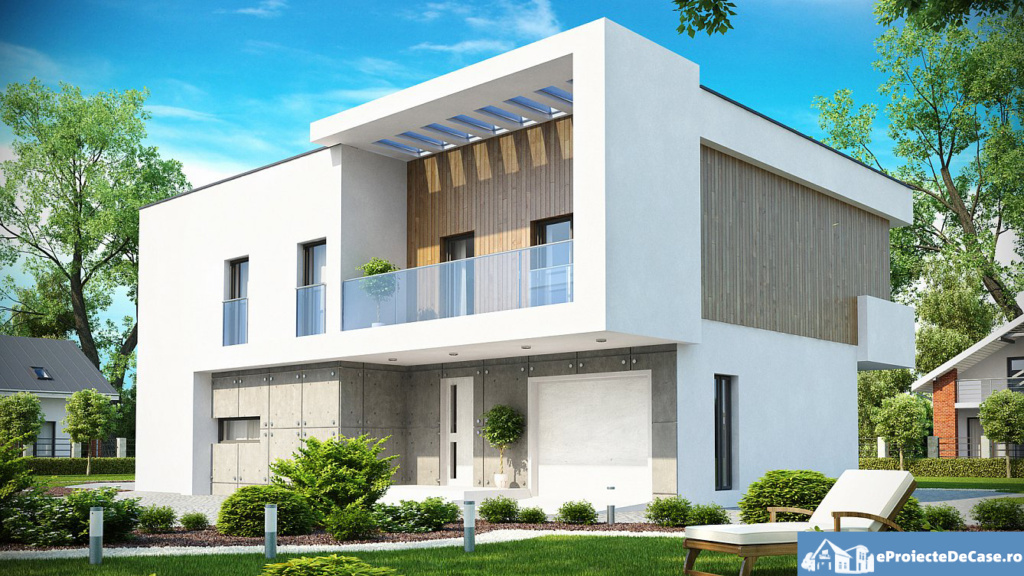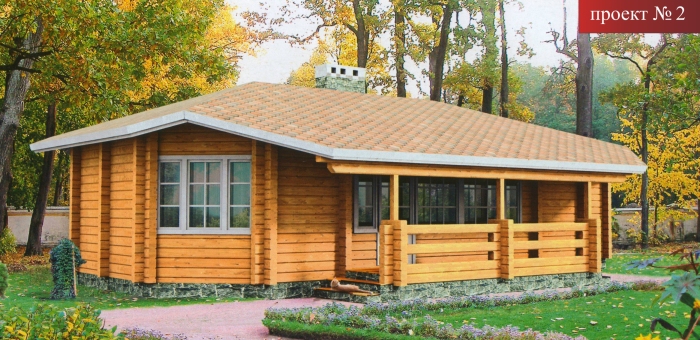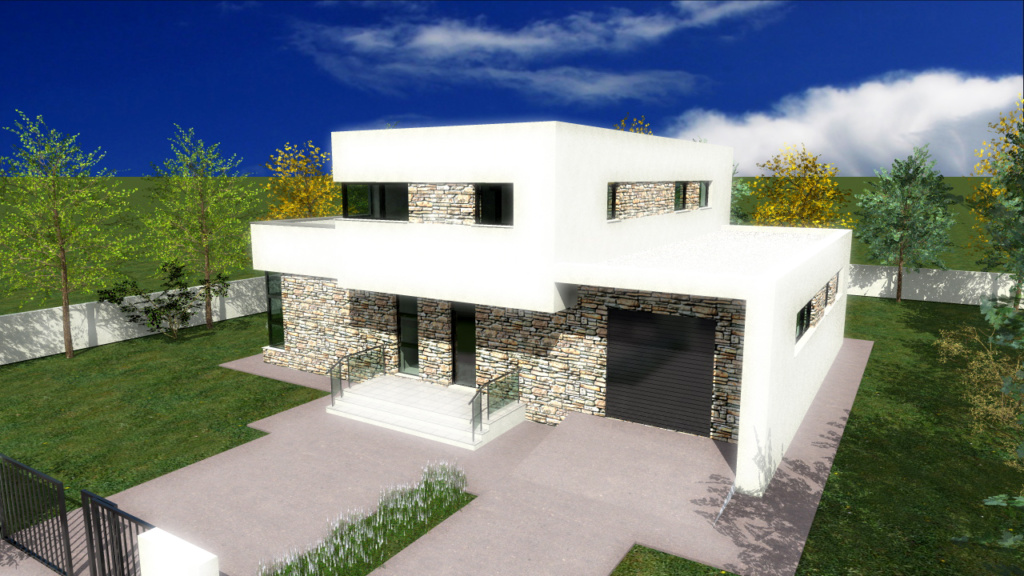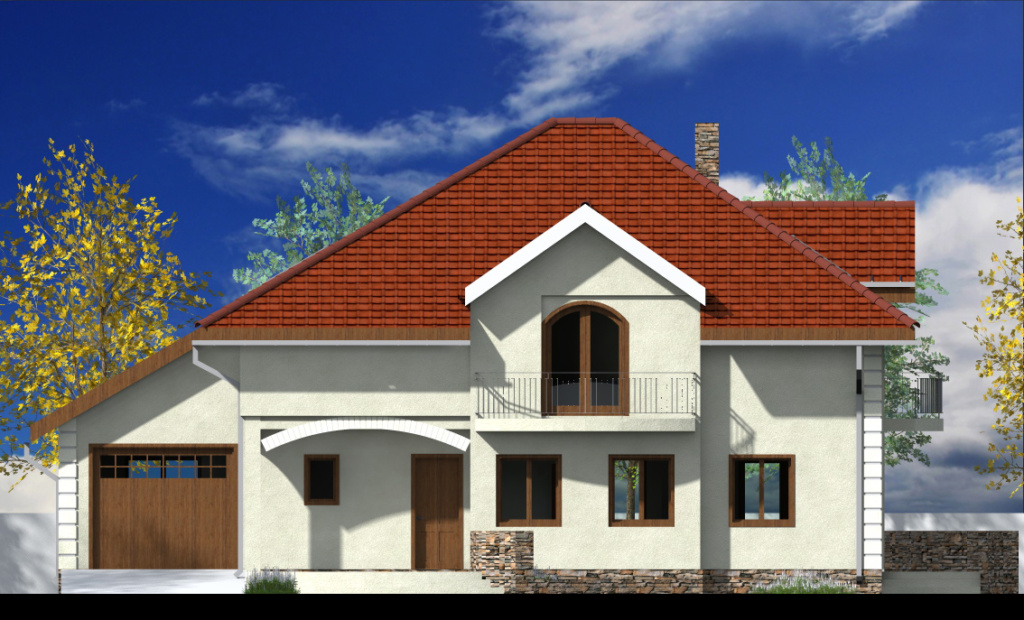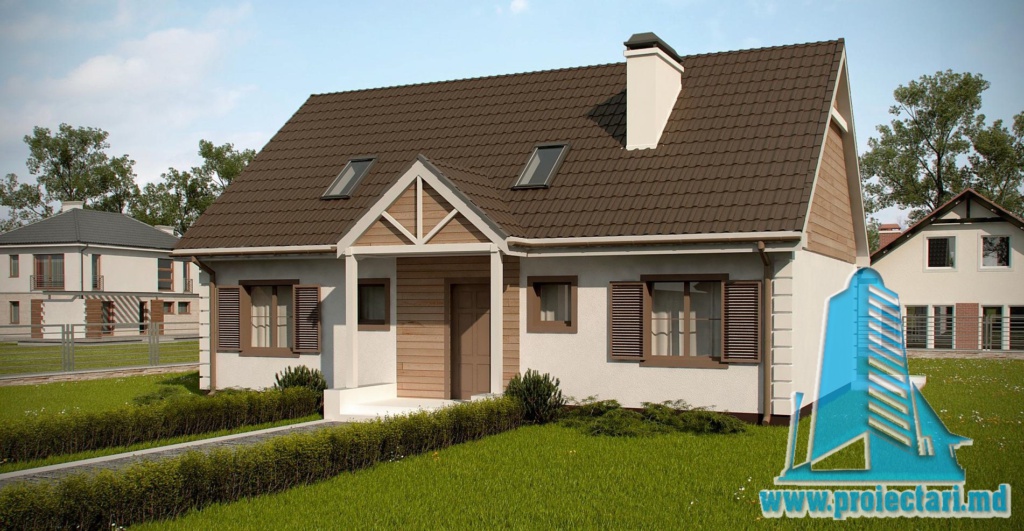Floor timber is a widely used construction material for floors due to its excellent qualities. With a wide range of options available, timber flooring can be chosen according to the needs and preferences of each project.
Whether you are thinking of building a floor for a home, a commercial space or a renovation project, timber flooring offers a range of benefits. It is durable, wear-resistant and can provide a natural and attractive look.
This comprehensive guide will give you the information you need about timber flooring and help you make an informed decision when it comes to choosing and the use of this essential material in construction.
The main ideas
- Timber flooring is a construction material used for flooring in various projects.
- Types of floor timber include oak timber, softwood timber and other types of wood.
- The production process of the timber can influence the quality of the material.
- The advantages of using timber for flooring include durability, resistance to wear and tear and aesthetic appearance.
- Floor timber price varies depending on type, quality and other factors.
What Is Timber Flooring And Why It Is Popular In Construction
Timber flooring is an essential material in the construction industry due to its strength and aesthetic appeal. It is used in a variety of projects, from the construction of houses and commercial buildings to the interior design of residential and commercial spaces.
Knowledge of the material: what is timber flooring
Timber flooring is a product obtained from woodworking, consisting of wooden panels processed to standardized dimensions for use as flooring. It is available in different wood species, such as oak, softwood or hardwood.
The uses of lumber for flooring in various construction projects
Floor timber is widely used in construction due to its multiple advantages. It is used for:
- Flooring in homes and offices
- Construction of wooden structures such as houses or cabins
- Flooring in commercial spaces, such as restaurants, hotels or shops
- Rehabilitation and renovation of historic buildings
The use of timber for flooring gives a warm and natural atmosphere to any space, and its durability makes it an ideal choice in construction projects.
The Different Types of Timber Flooring And Their Applications
In this section, we will explore the different types of timber flooring and discuss their specific applications. We will focus on softwood lumber, hardwood lumber and , presenting the characteristics and advantages of each.oak floor timber
Softwood lumber is one of the most common and affordable options for flooring. It is recognized for its durability and can be used in a variety of applications, including home construction and furniture. Softwood lumber is often preferred because of its lower price and the rustic look it gives a room.
On the other hand, hardwood lumber is known for its increased strength and the elegant look it provides. It can be used in indoor and outdoor flooring, and is often preferred for projects that require superior durability, such as patios and floors in high-traffic commercial spaces.
Finally, oak floor timber stands out for its quality and elegance. Oak is a hard and wear-resistant wood, which makes it suitable for floors that require long-lasting durability. oak timber floors add a sophisticated element to a room and can improve the economic value of a property.
The images below illustrate the different types of timber flooring mentioned:
Anatomy of Timber: Manufacturing Process and Characteristics
In this section, we will explore the process by which raw wood is transformed into quality lumber and highlight its key characteristics. Timber production is a laborious and complex process that involves several essential steps.
How raw wood is transformed into quality lumber
The lumber production process begins with the selection of the appropriate wood, which must be of good quality and meet certain standards. The raw wood is then cut into logs, which are then transported to the sawmill. Here, the logs are processed using specialized equipment to remove bark, twigs and other impurities. Next comes the sizing phase, where the logs are cut into panels and beams of different sizes, depending on the specific needs.
The timber thus obtained is subjected to a controlled drying process, which removes moisture and improves the stability and durability of the material. Drying can be done in special chambers, where humidity, temperature and air flow are precisely controlled. Alternatively, the timber can be dried naturally in the open air, which may take longer.
After drying, the timber is finished by straightening, polishing and applying protective treatments such as painting or applying special varnishes and oils. These treatments help improve the aesthetic appearance of the timber and protect it against moisture, insects and other damaging factors.
Key elements to identify high quality lumber
To identify top quality lumber, there are a few key elements that any buyer should consider. These include:
- Degree of drying: Quality timber has an optimal moisture content, which makes it more resistant to deformation and cracking.
- Appearance: Quality lumber should have a smooth surface without large knots or cracks.
- Durability: Quality timber is strong and durable, being able to withstand wear, weight and other stresses.
- Treatment and Finishing: Quality timber is properly treated and finished to resist damaging factors and achieve an aesthetically pleasing appearance.
Choosing a quality timber is essential to achieve a durable and aesthetic floor. By understanding the manufacturing process and key features, readers can make informed purchases and achieve the best results in their construction and interior design projects.
The Advantages and Disadvantages of Using Timber For Flooring

In order to make an informed decision in choosing timber for floors, it is important to know both the advantages and disadvantages of using this material in construction. Here are some key things to consider:
- The advantages of timber for floors:
- Durability: Timber is a durable material, which means that the floor will have a long life and withstand wear and tear.
- Aesthetic appearance: Timber provides a natural and warm appearance that can add aesthetic value and elegance to the room.
- Wear resistance: Timber floors can withstand heavy traffic and bear heavy loads.
- Thermal insulation: Timber can provide good thermal insulation, maintaining a comfortable temperature in the room.
- Disadvantages of timber flooring:
- Maintenance costs: Timber requires regular maintenance, such as polishing and protective treatments, to maintain its appearance and durability.
- Vulnerability to water: Timber can be affected by moisture and sensitive to contact with liquids. Requires avoiding excessive exposure to water to prevent warping or damage.
- Higher upfront costs: Timber can be more expensive compared to other flooring materials such as tiles or laminate flooring.
To decide whether or not hardwood is right for your floor, consider these pros and cons and compare them to your needs and preferences. And now let’s see in which situations timber can be compared with other types of flooring materials.
Softwood Versus Hardwood: Which Is Right For Your Floor?
In order to choose the right lumber for your flooring, it is important to understand the characteristics and specifications of both softwood and hardwood lumber. This will help you make an informed decision and get a durable and aesthetic floor for your home.
Softwood lumber characteristics and suitability for flooring
Softwood lumber, such as pine or fir, is known for its durability and flexibility. This timber has good shock resistance and is more affordable in price compared to hardwood. It is also easy to work with and quick to install.
Due to its characteristics, softwood is suitable for floors in high traffic areas such as living rooms or kitchens. It can withstand wear and tear, while providing a pleasant and natural look.
Example of softwood timber for floors:
When to choose hardwood for a durable and aesthetic floor
Hardwood, such as oak or beech, is recognized for its superior durability and elegant appearance. It is more resistant to moisture and has a longer life compared to softwood lumber. It also provides better thermal insulation and can add aesthetic value to any room.
If you want a durable, resistant floor with a refined aesthetic, hardwood can be the right choice. It is ideal for bedrooms, living rooms or offices, where quality furniture can perfectly match this elegant timber.
Example of hardwood flooring:
Now that you have a better understanding of the characteristics and compatibility of softwood and hardwood lumber, you can make a wise choice for your flooring. Choose the timber that suits your needs and you will enjoy a durable, aesthetic and high-quality floor.
Oak Floor Timber: Quality, Durability And Elegance

Oak timber is recognized for its exceptional qualities and is considered one of the most elegant options for flooring. This section will explore why oak flooring is so popular and highlight its important benefits.
Oak timber: the qualities that make it ideal for flooring
Oak timber stands out for its exceptional durability. Due to the dense structure and hard nature of oak wood, the floor resists impacts and wear, offering a long service life. This timber also has a high resistance to moisture and temperature variations, which makes it suitable for use in areas with high humidity, such as bathrooms and kitchens.
In addition, the aesthetic appearance of oak lumber cannot be matched. The texture and natural shades of oak wood add a touch of elegance and warmth to any interior. Whether you prefer a more rustic or modern look, oak timber blends harmoniously into various interior design styles.
Investing in an oak floor: long-term benefits
Purchasing an oak hardwood floor is a worthwhile investment for any homeowner. The durability of this lumber reduces the need for frequent renovations and costly repairs. An oak floor also increases in value over time, adding value to your property.
An oak floor also requires little maintenance. With regular cleaning and the application of a protective layer, the floor will remain beautiful and shiny over the years. This timber is also easy to repair should scratches or other minor damage occur.
| Advantages of Oak Floor Timber | Disadvantages Oak Floor Timber |
|---|---|
| Excellent durability | Higher initial cost |
| Elegant aesthetic appearance | It requires periodic maintenance |
| Wear resistance | Potentially sensitive to moisture |
| Increase in property value | Possible scratches and minor damage |
Lumber Price: How to Estimate Costs for Your Flooring
When choosing timber for your floor, price is an important factor to consider. Accurate cost estimation can help you plan your budget and ensure a successful purchase. Here are some tips and guides to help you estimate the cost of your hardwood floor:
- Determine the size of the project: Start by calculating the floor area you want to cover with lumber. Measure the area in square meters and take into account any cuts and losses in the installation process.
- Choose type of lumber: The cost of lumber may vary depending on the type of wood and quality. Hardwood lumber, such as oak, can be more expensive than softwood lumber. Analyze the advantages and disadvantages of each type of timber and consider the available budget.
- Explore available finishes: The various finishes applied to the timber can also influence the final cost. For example, special finishes or protective treatments can increase the price. Consider the aesthetic aspects and floor protection needs when choosing the finish.
- Ask offers from several suppliers: To get the best price, do not hesitate to ask for offers from different suppliers. Compare prices and make sure you include delivery costs and any additional fees.
An accurate cost estimate will help you budget for your hardwood floor and make the best purchase decision. Make sure you consider all the relevant factors and opt for a quality timber that meets your aesthetic and functional needs.
Online Timber And Import Timber: Options and Purchase Recommendations
Purchasing lumber for flooring can be a complex process and requires careful consideration of the various options available. In this section, we’ll explore two important aspects of purchasing lumber: being able to buy lumber online and importing lumber.
Buying Lumber Online: Advantages and Necessary Precautions
Choosing to buy lumber online can offer a number of advantages. One of these is access to a greater number of lumber suppliers and options available so you can compare and find the best quality and price for your needs.
However, before buying lumber online, it is important to consider some precautions. Carefully check the product descriptions and technical specifications to ensure that the lumber meets your requirements. It is also recommended to read reviews and feedback from other customers to get a better insight into the quality and experiences of others with that provider. Finally, make sure you understand the product’s return policy and warranty before placing your order.
Imported timber: what you need to know about quality and provenance
Buying imported lumber is another option you can consider. Imported timber may come from different countries and may have specific qualities and characteristics. Before purchasing imported timber, it is important to inquire about its provenance and verify that it meets accepted quality standards.
An essential aspect is represented by the certifications and quality labels that the imported timber has. They certify that the wood comes from a sustainable exploitation and that the quality standards imposed by the industry are respected. Be sure to sample and verify the quality of the lumber before making a long-term purchase.
To make a wise purchase and complete information about online lumber and import lumber< /span>, it is recommended to consult and ask for advice from specialists in the field or partner with a reliable supplier who can provide you with quality products.
How to Maintain a Hardwood Floor to Extend Its Lifespan
To ensure that the wooden floor remains durable and beautiful in the long term, it is important to pay attention to its maintenance. Here are some essential maintenance techniques for hardwood floors:
Essential maintenance techniques for hardwood floors
- Keep the floor clean by vacuuming or mopping regularly to remove dust particles and dirt that could scratch the surface.
- Avoid excessive exposure to moisture. Do not use the mop too wet and remove liquid stains immediately to prevent them from penetrating the wood.
- Protect your floor from scratches and bumps by applying floor mats or rugs in high traffic areas or under heavy furniture.
- Use cleaning products suitable for hardwood floors, avoiding harsh chemicals that could damage the finish.
- Apply a special polishing solution or oil, depending on the floor finish, to maintain the shine and aesthetic appearance of the wood.
Products recommended for the care of floor timber
To ensure proper care of the wooden floor, you can use the following recommended products:
- Wood oil: Protects and moisturizes wood, giving it a natural look and increased durability.
- Mineral Cave: Provides a protective layer against wear and scratches, maintaining the original appearance of the floor.
- Wood Varnish: Creates a durable, stain- and scratch-resistant finish that preserves the aesthetic appearance of wood.
Using these recommended products in combination with proper maintenance techniques will help you enjoy a beautiful and durable hardwood floor for the long term.
Conclusion
Timber flooring is a popular and versatile choice for construction projects. In this article we have explored various aspects of timber flooring such as different types and uses, manufacturing process and its features, advantages and disadvantages of using timber flooring.
It is important to consider our needs and preferences when choosing timber for the floor. Softwood provides an economical and easy-to-install option, while hardwood provides a durable and stylish floor. If you are looking for a special floor, oak timber can be the perfect choice due to its superior qualities and long-lasting durability.
Before making a purchase, it is important to understand the lumber production process and identify the characteristics that denote superior quality. We also need to weigh the pros and cons of using timber flooring and be prepared to invest in proper maintenance of our timber floor to extend its life.
In conclusion, hardwood flooring is a reliable choice for any construction project, offering durability, aesthetics and a variety of options. By understanding our characteristics and requirements, we can make an informed choice and enjoy the benefits of a quality timber floor.
FAQ
What does timber flooring mean?
Floor timber is a wooden material used in construction to make floors. It is a finished product obtained by processing raw wood and is valued for its strength and durability.
What are the uses of lumber for flooring?
Timber flooring can be used in various construction projects, including the construction of homes, offices, gyms and commercial spaces. It can also be used for floors in terraces and gardens.
What are the advantages of floor timber?
Timber flooring offers numerous advantages, including strength and durability, aesthetically pleasing appearance, thermal and acoustic insulation, as well as a variety of finishing and design options.
What are the types of timber flooring and their specific applications?
There are different types of timber flooring, such as softwood timber, hardwood timber and oak timber flooring. These can be used depending of the needs and preferences of each construction project.
How is raw wood transformed into quality lumber?
The lumber production process involved cutting and preparing raw wood, drying, varnishing and finishing. Through these stages, the raw wood is transformed into quality lumber, ready for use in construction.
How can I identify high quality lumber?
Key elements to identify high-quality lumber include consistency of color, uniform texture, absence of knots, and the presence of natural wood characteristics such as streaks, pores, etc.
What are the pros and cons of using lumber for flooring?
The advantages of using timber for flooring include durability, aesthetic appeal and resistance to wear and tear. Disadvantages may include maintenance costs and the need for protection against moisture and insects.
What do I need to know about choosing between softwood and hardwood flooring?
Softwood lumber is more affordable and suitable for projects on a tight budget, while hardwood lumber offers high durability and an aesthetically pleasing appearance. The choice between the two depends on the needs and preferences of each project.
Why should I choose oak flooring for my floors?
Oak floor timber offers great durability, resistance to wear and an elegant appearance. Investing in an oak floor can add long-term value and aesthetically transform the room.
How can I estimate the costs for the purchase of floor timber?
The cost estimate depends on factors such as project dimensions, type of lumber and finish chosen. It is recommended to consult a specialist and request quotes from different suppliers to get a more accurate cost estimate.
What are the options and recommendations for purchasing timber flooring?
You can purchase floor timber from brick-and-mortar stores or online. It is important to check the supplier’s reputation and request lumber samples before making a purchase. For imported lumber, make sure it comes from certified and sustainable suppliers.
How can I maintain a hardwood floor to extend its life?
To extend the life of a wooden floor, it is recommended to clean it regularly, polish it and protect it against moisture and scratches. Using special wood care products will help maintain the appearance and durability of the floor.






